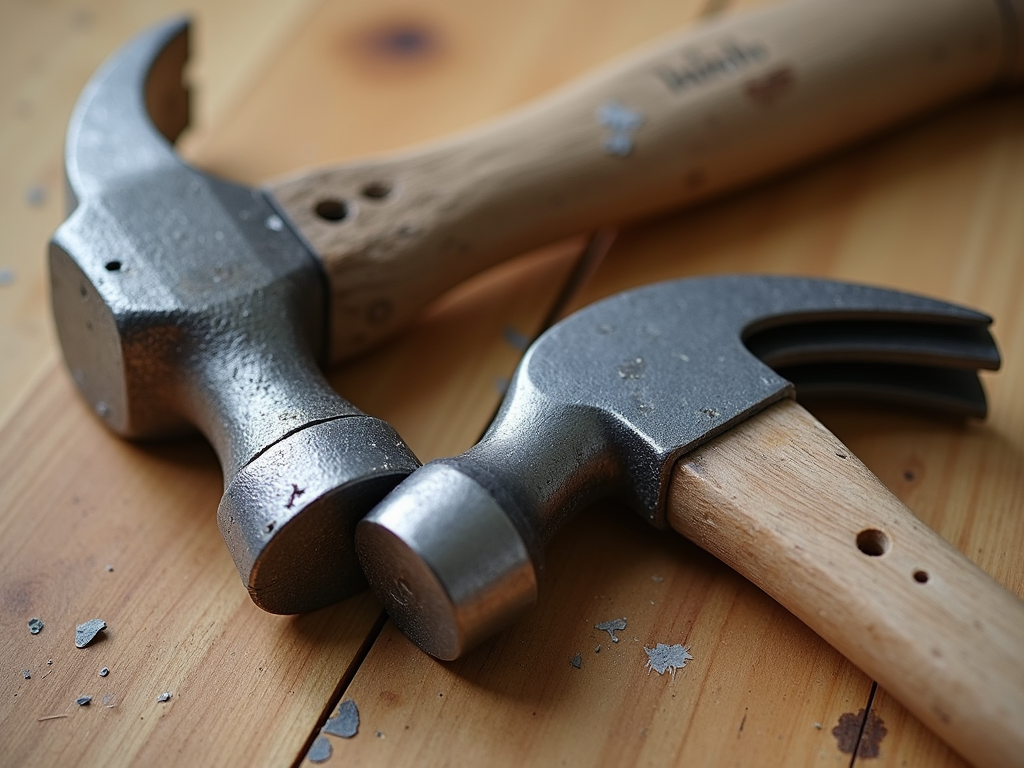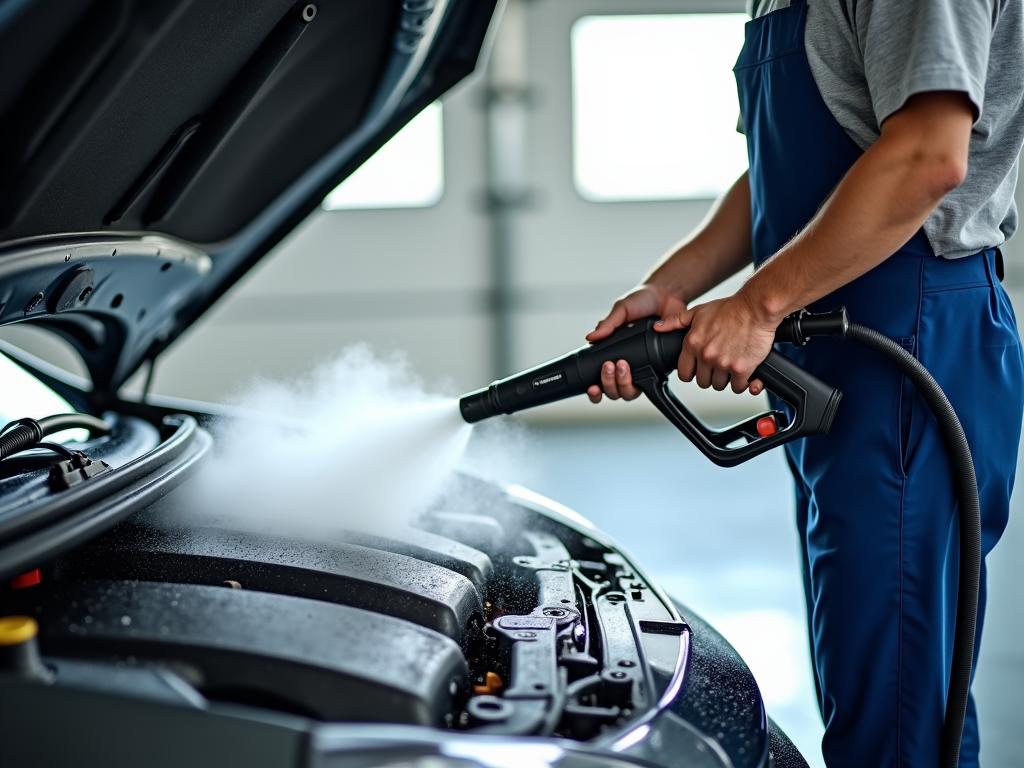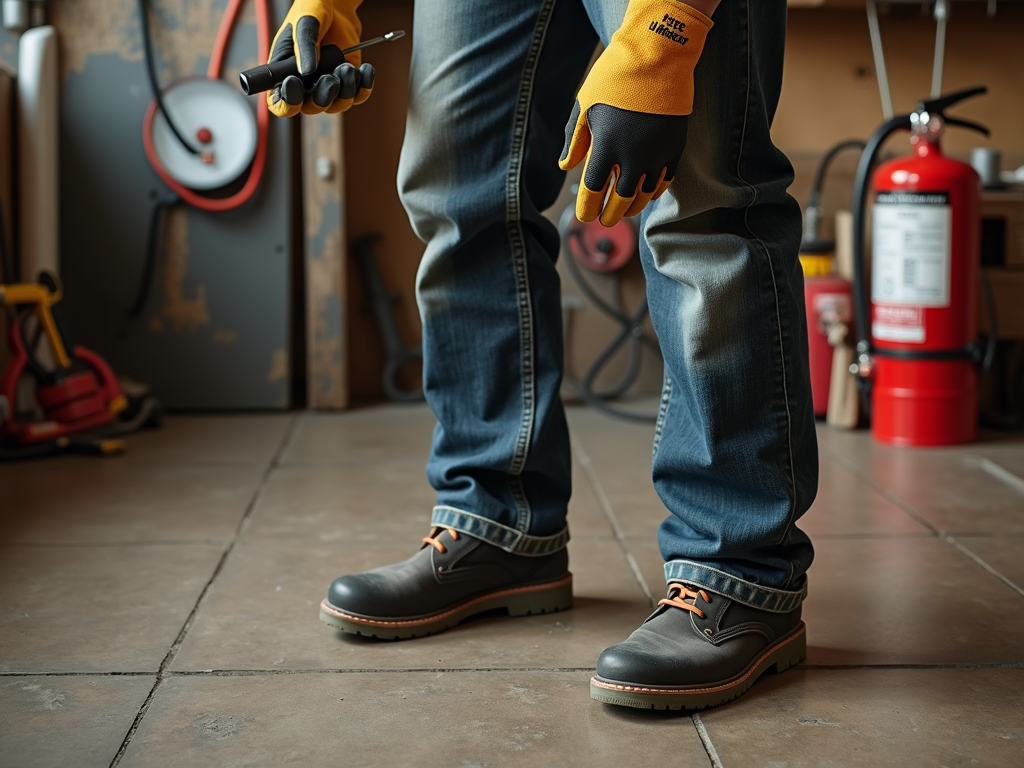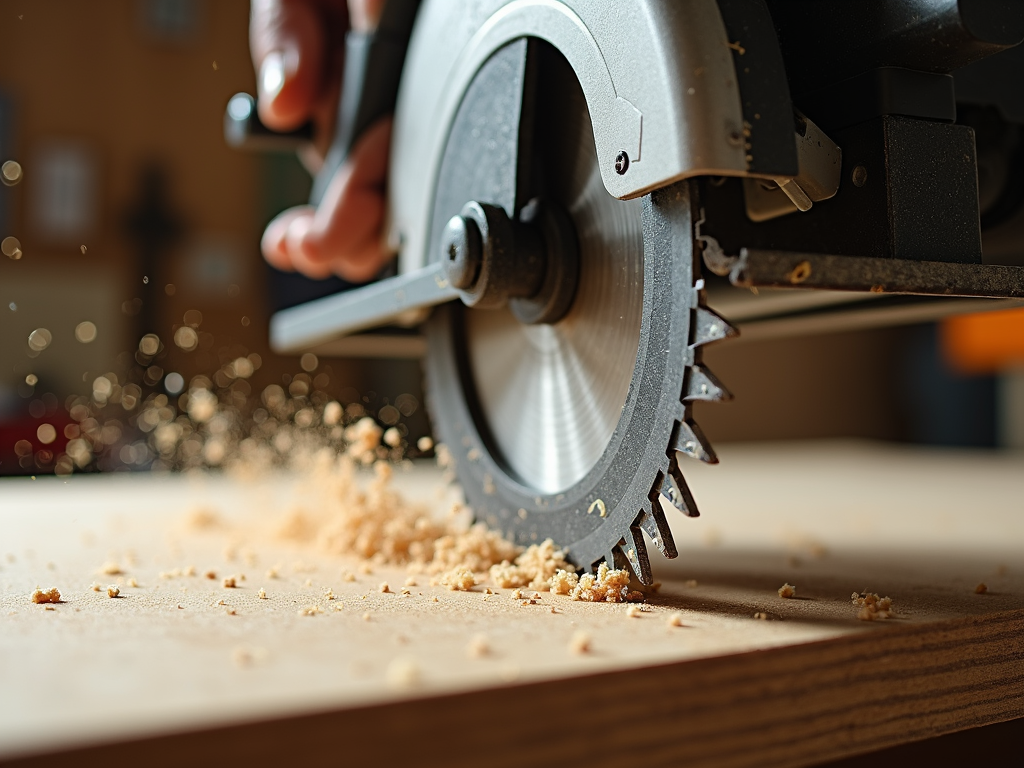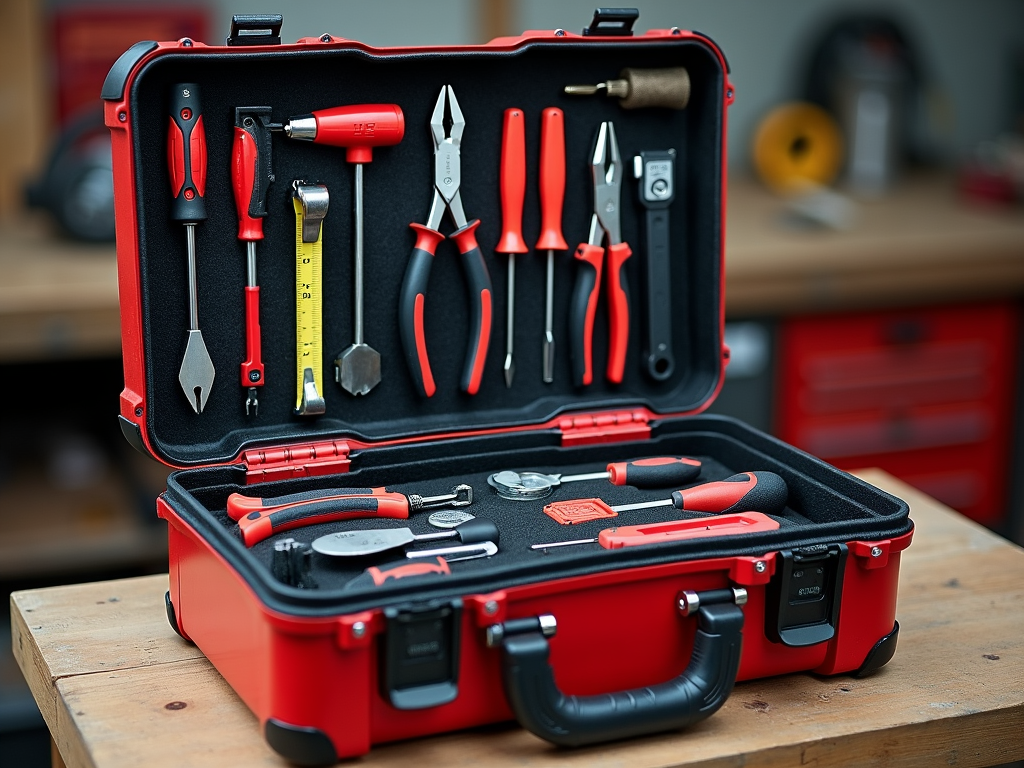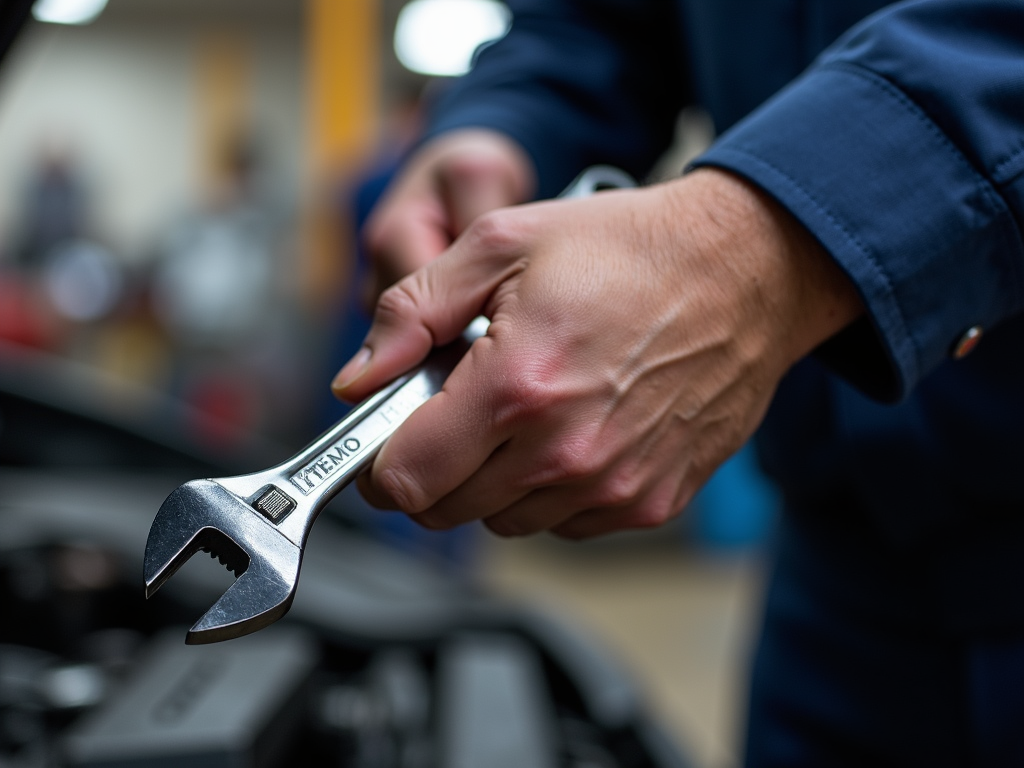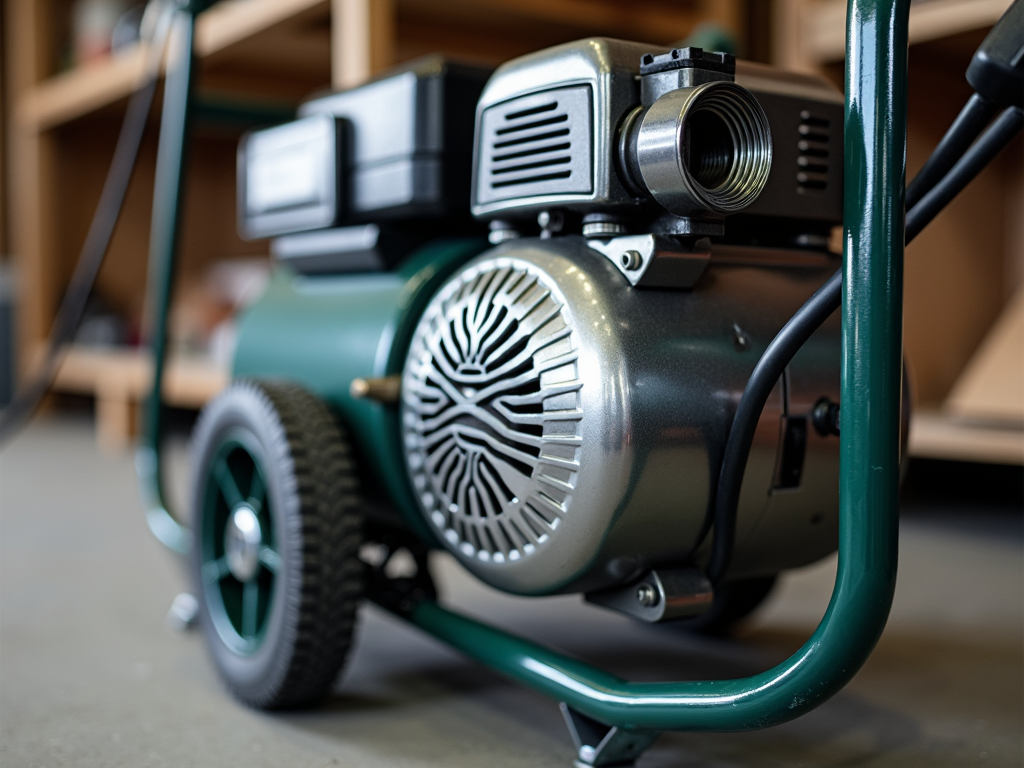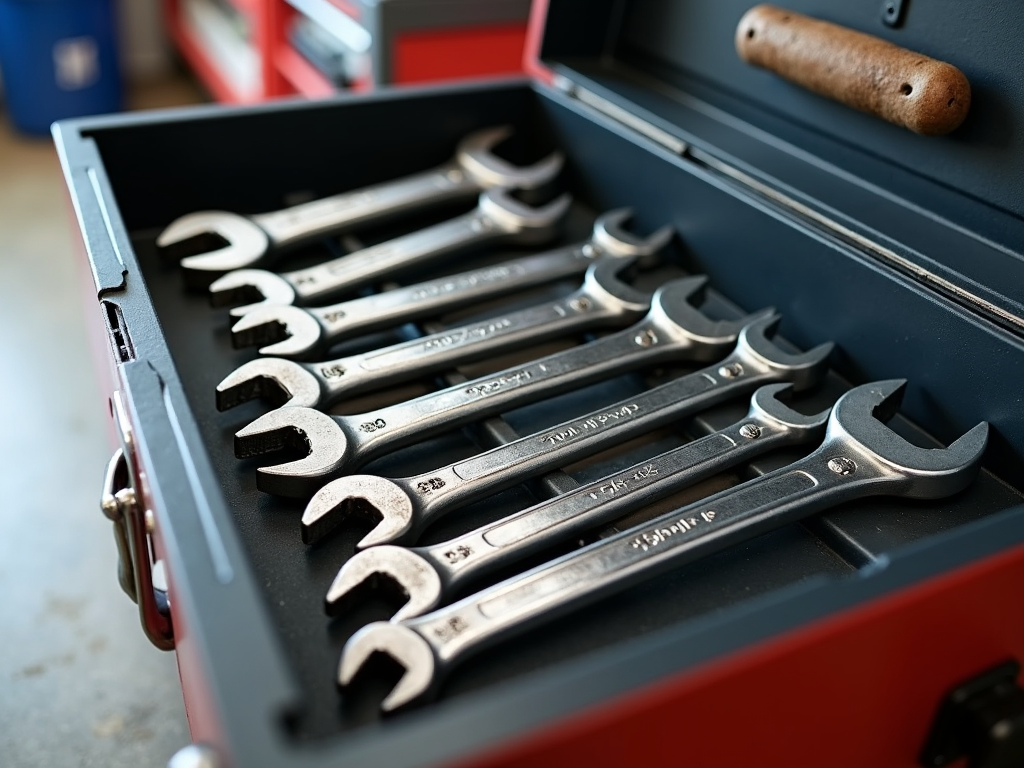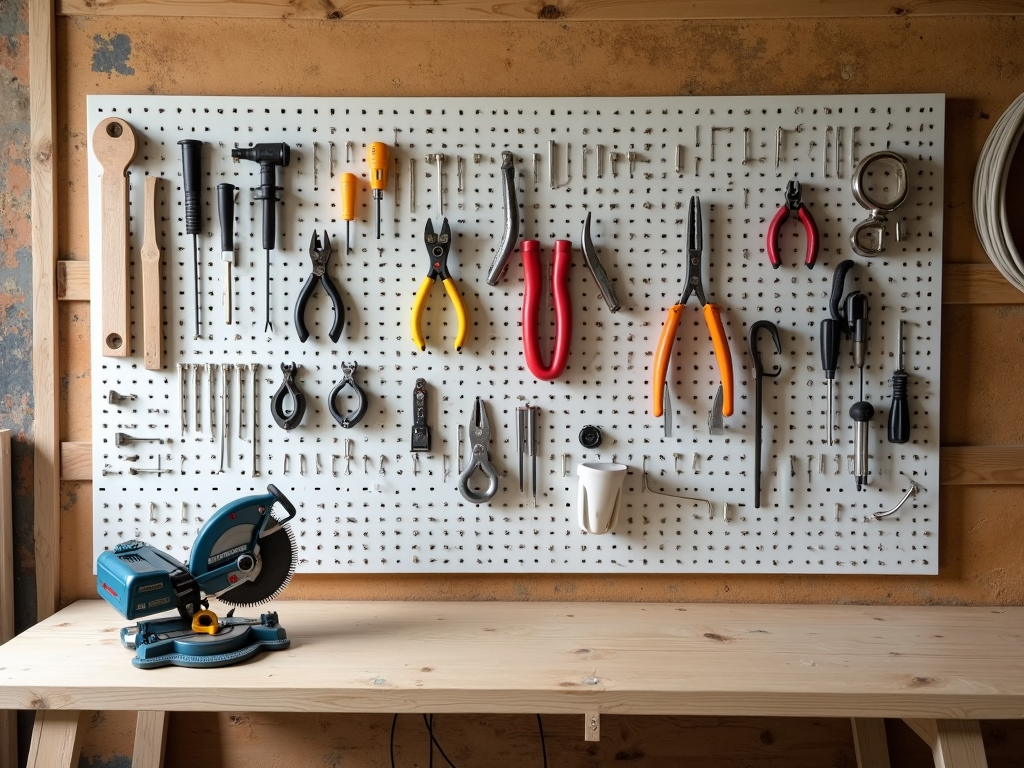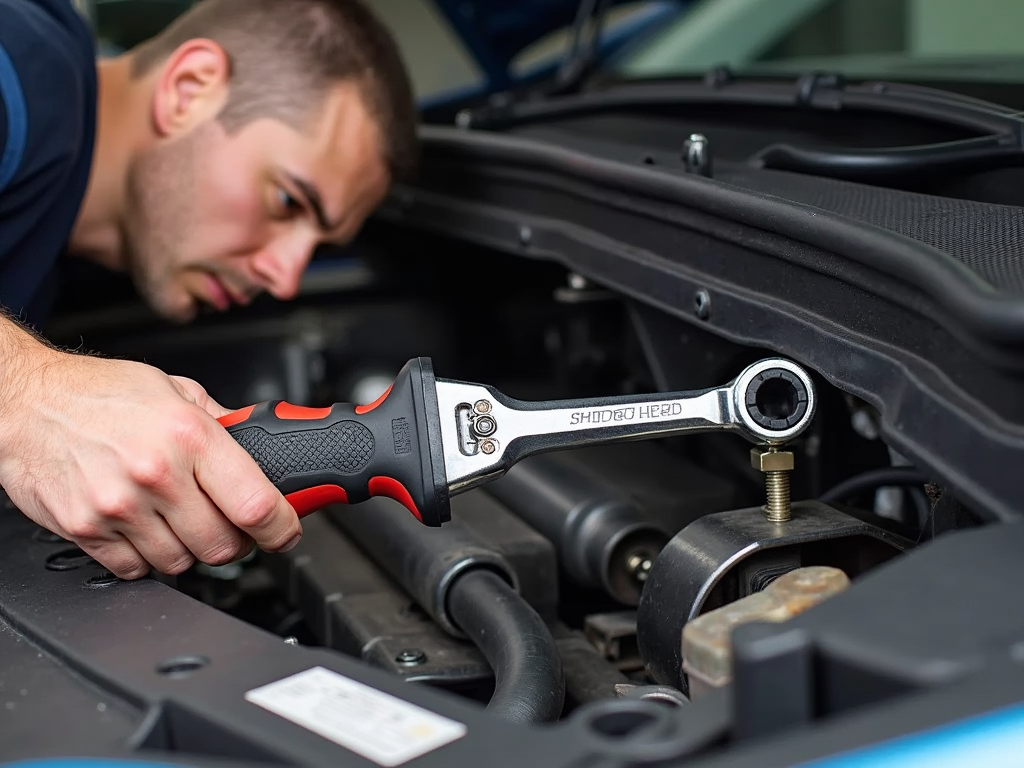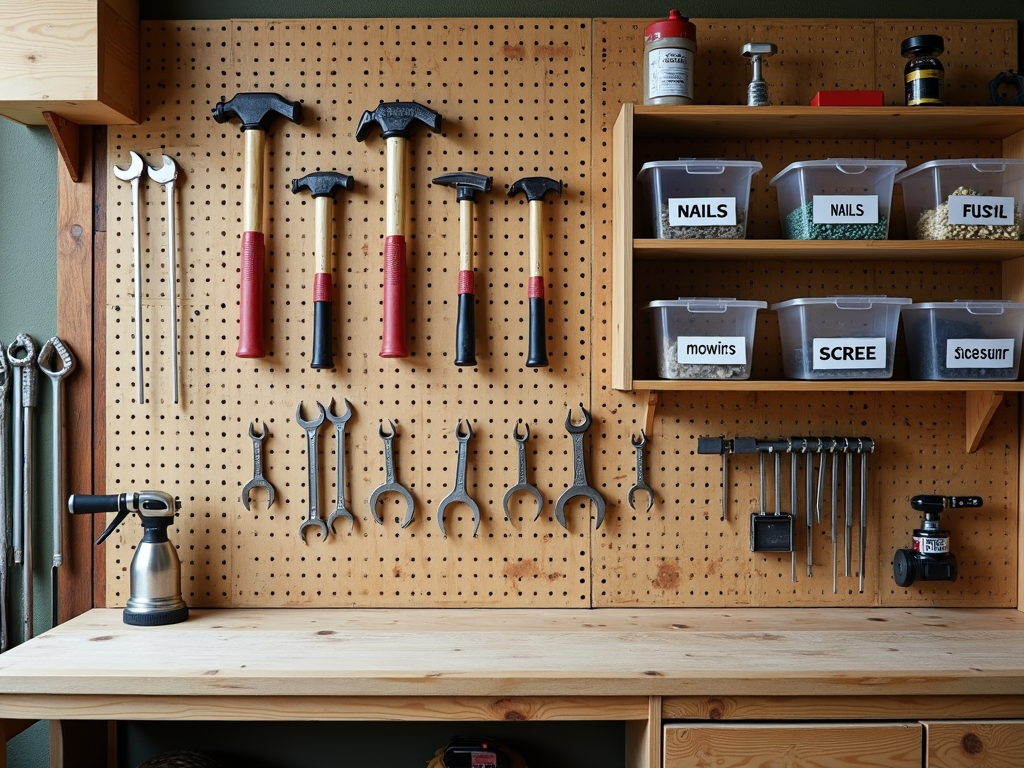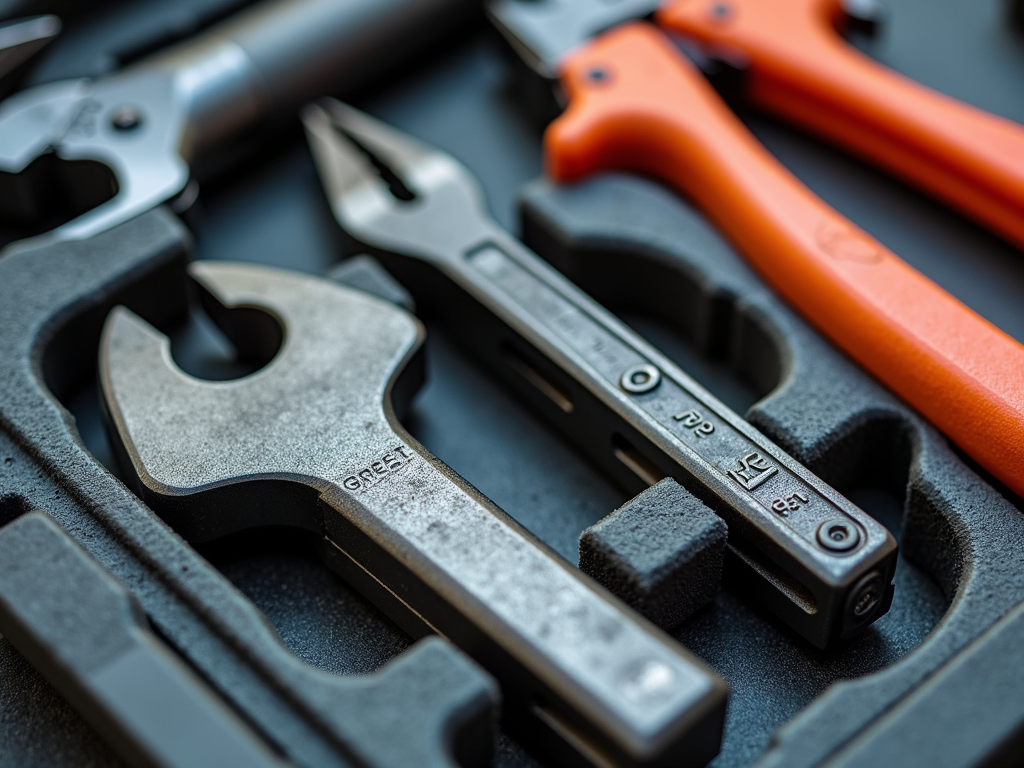Overview: This article explores advanced hammer techniques for experienced DIYers. It covers safety gear, a beginner’s tool guide, and different hammer types for projects, offering practical tips to boost your skills.
Hammers are a DIYer’s best friend, and for those with experience, mastering advanced techniques can take your projects to the next level. This guide dives into methods that make your work faster, cleaner, and more precise. Let’s get started.

Safety First: Essential Gear for Every DIY Enthusiast
Safety isn’t optional—it’s a must. Even if you’ve been doing this for years, the right gear keeps you protected. Here’s what you need: - Safety Glasses: Stop debris from hitting your eyes. - Work Gloves: Keep your hands safe from cuts and blisters. - Ear Protection: Loud bangs add up—protect your hearing. - Dust Mask: Breathe easy by blocking dust.
Always check your space before swinging. A little caution goes a long way.
Want more safety tips? This OSHA safety guide from the U.S. government has you covered with expert advice.
Guide to Essential Tools for Beginners
Before jumping into advanced moves, let’s cover the basics every DIYer needs. These tools set you up for success: - Claw Hammer: Drives nails and pulls them out. - Tape Measure: Gets your measurements spot-on. - Level: Keeps everything straight. - Screwdrivers: Flathead and Phillips handle most screws. - Pliers: Bend or grip with ease.
Start with these, and you’ll be ready for any project.
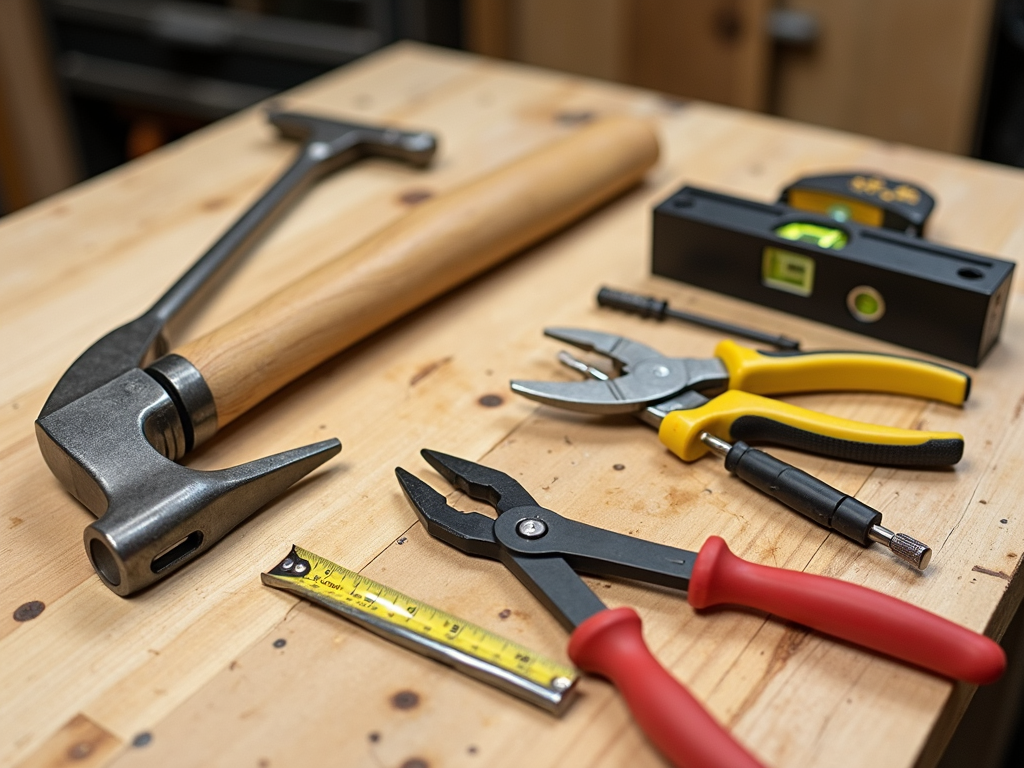
Advanced Hammer Techniques for Experienced DIYers
Ready to step up? These techniques take practice but pay off big time.
1. Precision Nailing: - Hold the hammer near the head for control. - Tap lightly first to set the nail, then drive it in.
2. Flush Driving: - Sink nails just below the surface for a smooth look. - Use a nail set to finish without dents.
3. Toe-Nailing: - Angle nails at 45 degrees to connect wood pieces. - Hit from both sides for a strong hold.
4. Clinching: - Bend the nail tip over on the other side. - Great for quick fixes or extra strength.
5. Tight Space Hammering: - Grab a small hammer or use the side-strike option. - Swing carefully to avoid walls or fingers.
Practice these, and your projects will shine.
Curious for more? This woodworking expert thread from Stack Exchange breaks down advanced hammering tricks.
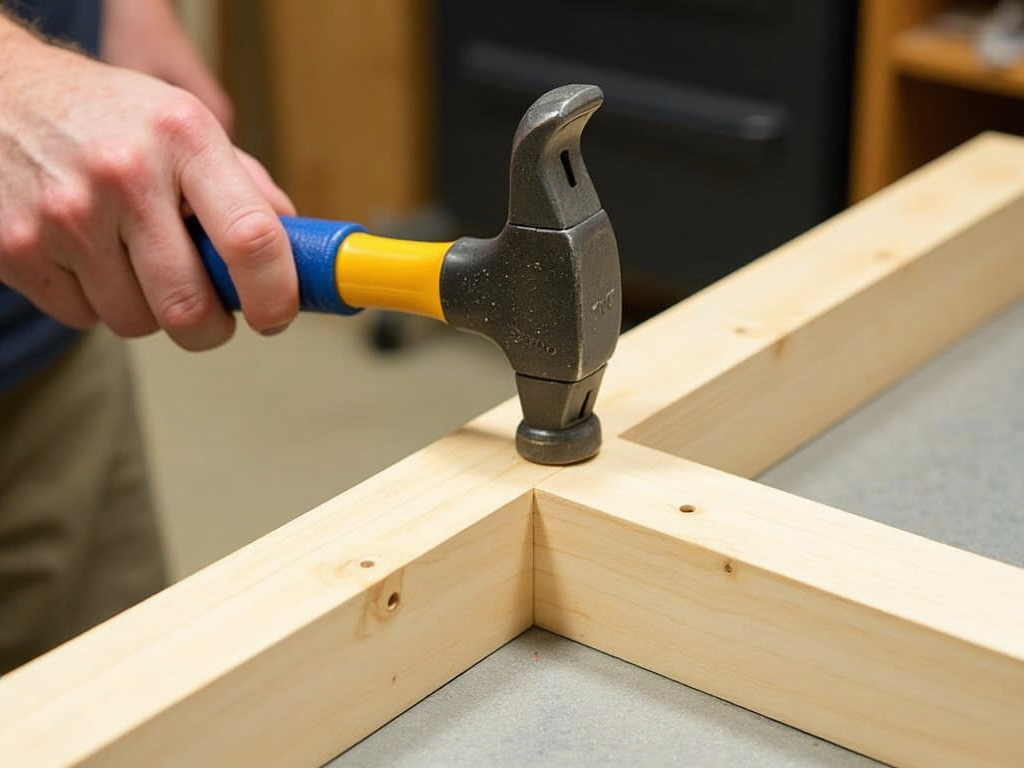
Types of Hammers for Different Projects
Not all hammers are the same. Pick the right one for the job:
| Hammer Type | Best Use |
|---|---|
| Claw Hammer | Carpentry, nail removal |
| Sledge Hammer | Breaking stuff, big stakes |
| Ball Peen Hammer | Shaping metal |
| Framing Hammer | Heavy framing, big nails |
| Rubber Mallet | Furniture, no-damage hits |
Match your hammer to your task, and you’ll work smarter, not harder.
Need a deeper look at hammer types? Check out this hammer guide from Popular Mechanics for pro-level insights.
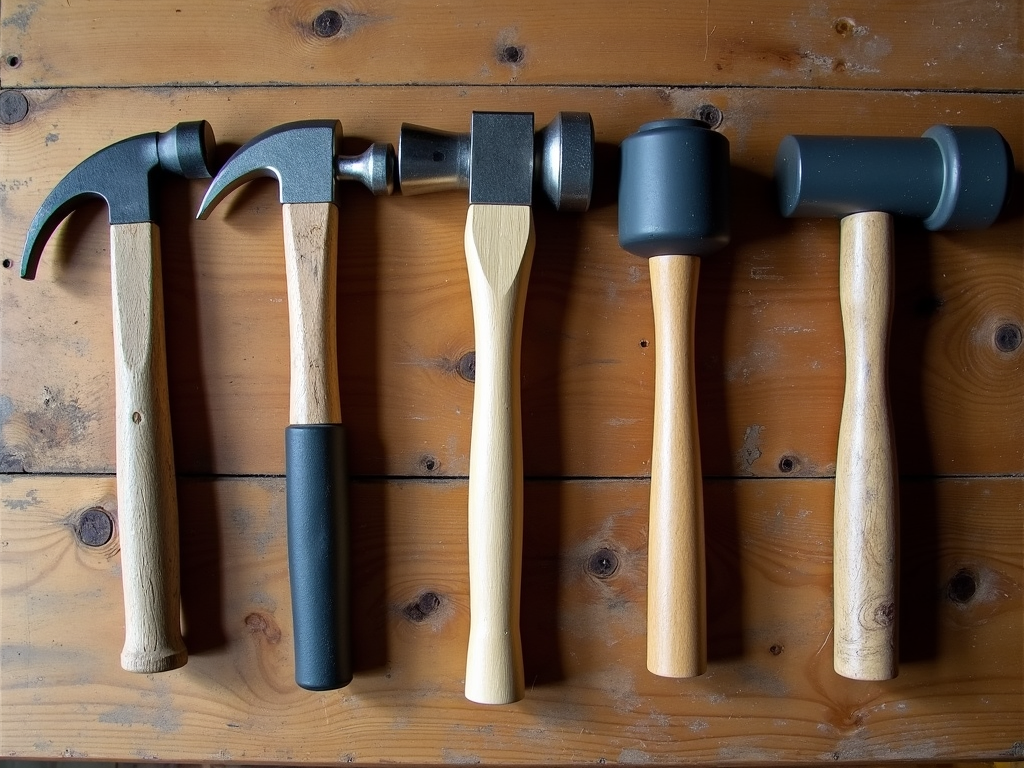
My Take: Tips from Years of Hammering
I’ve swung a hammer more times than I can count, and here’s what I’ve learned: - Hold It Right: Firm grip, but don’t tense up—stay loose. - Swing Smart: Move from your elbow, not your wrist, for power. - Listen Up: A good hit sounds solid, not weak. Trust your ears. - Keep It Clean: Wipe your hammer down and check the head often.
These tips come from real messes and successes. They’ll help you too.
For extra proof, this tool maintenance guide from Family Handyman backs up why upkeep matters.
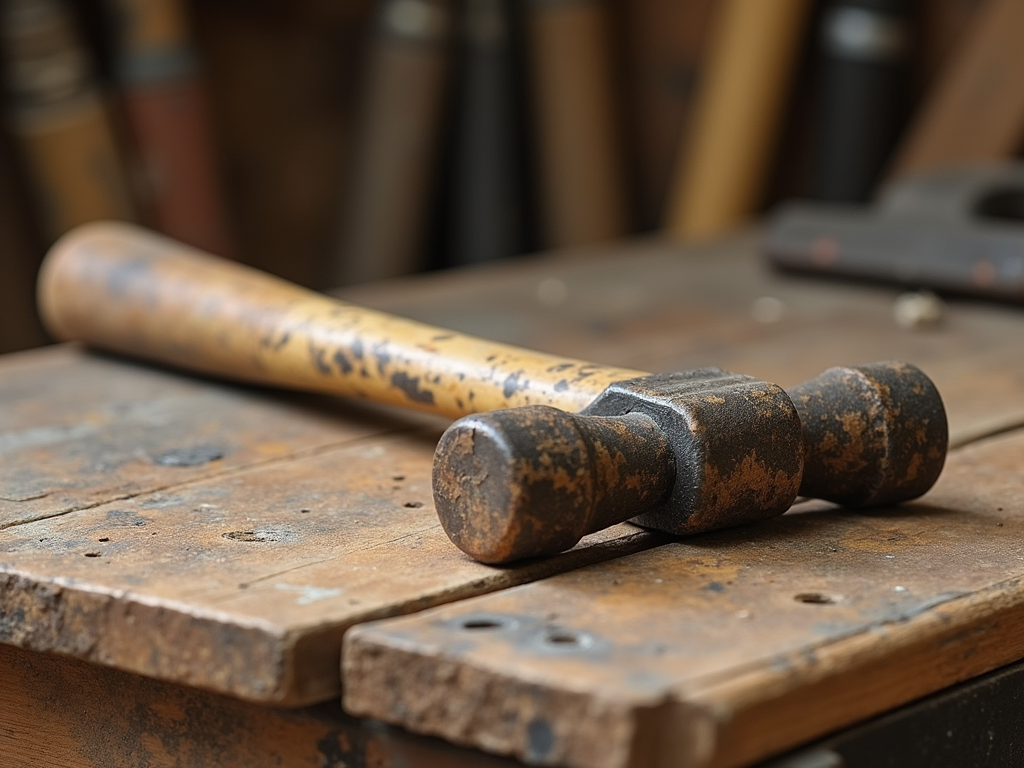
Summary
Advanced hammer techniques for experienced DIYers—like precision nailing, flush driving, and toe-nailing—turn good projects into great ones. Pair them with the right safety gear and hammer type, and you’re golden. Keep practicing, and check out the readings below for more.
Related Advanced Hammer Techniques for Experienced DIYers:
- Why Tool Care Keeps You Safe: Essential Tips for Construction Workers
- Power Tools for Automotive Repair: A Comprehensive Guide
- Electrical Safety Tips for DIY Enthusiasts: A Comprehensive Guide
- The Ultimate Guide to Home Improvement Tools
- Top Hand Tools for Beginner Mechanics: A Comprehensive Guide
- Best Wrenches for Mechanics: A Comprehensive Guide
- Understanding Power Washer Components for Better Performance: A Comprehensive Guide
- Rust Prevention 101: Protecting Your Metal Tools
- How to Maintain Your Hand Tools for Longevity
- The Best Ratcheting Wrenches for Fast Repairs: A Comprehensive Guide
- How to Organize Your Workshop for Maximum Efficiency
- Tool Maintenance Tips for Longevity: Essential Guide for Workman Tools
